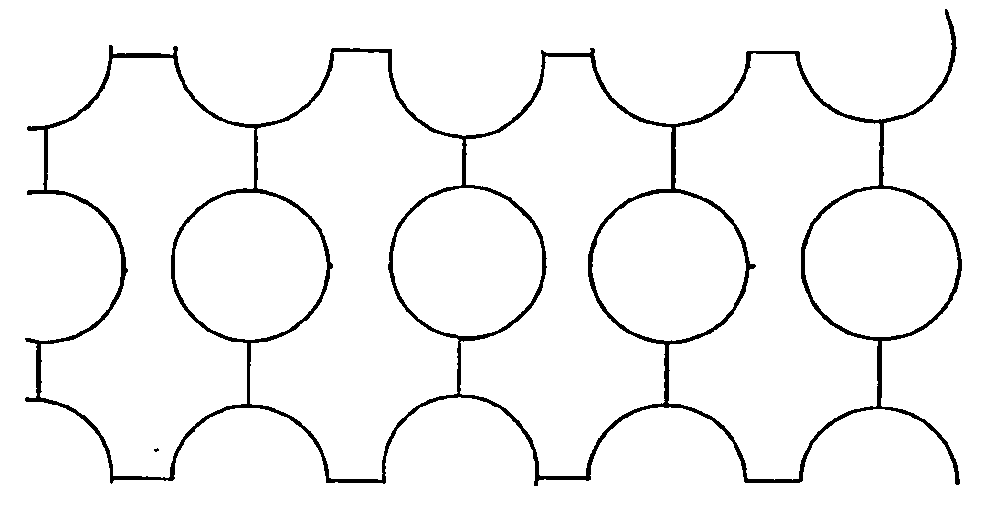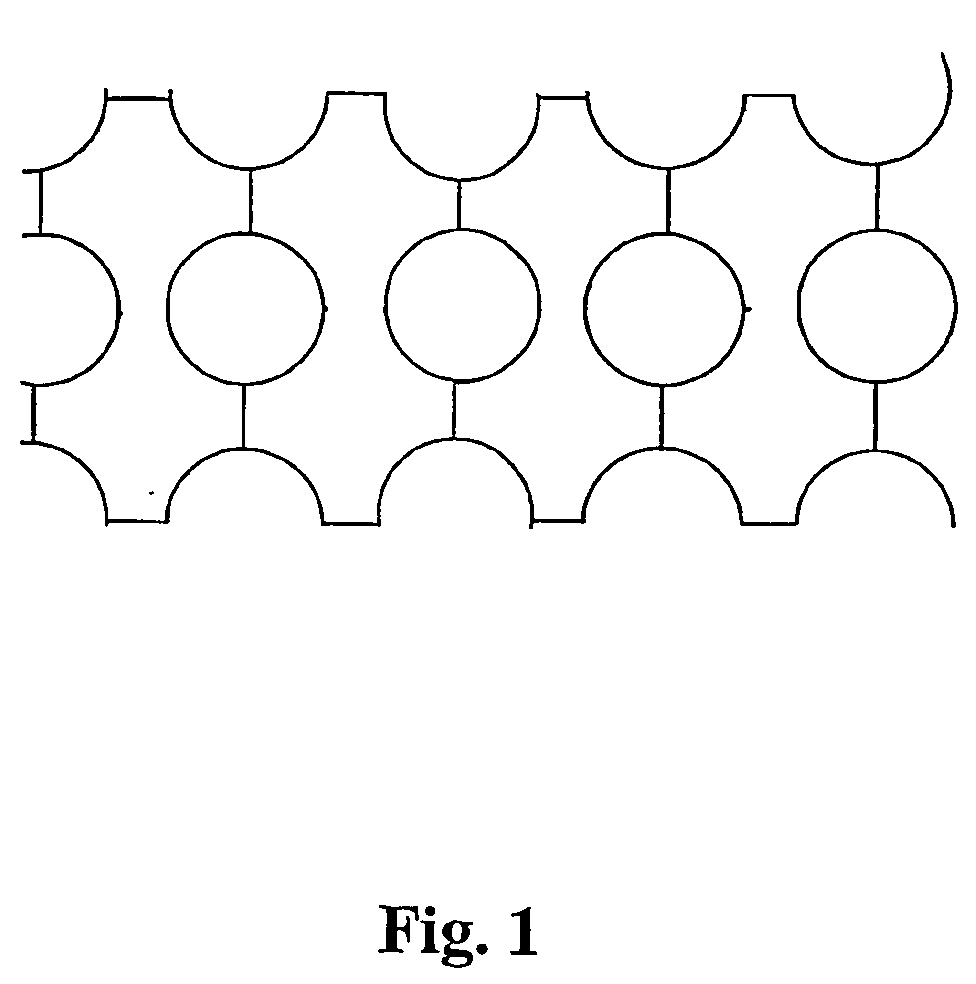Casting preforms for optical fibres
a technology of optical fibres and preforms, applied in the field of preparing preforms for optical fibres, can solve the problems of less known use of photonic band gap effect and more complex structures that have now been developed, and achieve the effect of difficult or expensive production
- Summary
- Abstract
- Description
- Claims
- Application Information
AI Technical Summary
Benefits of technology
Problems solved by technology
Method used
Image
Examples
Embodiment Construction
)
[0022] A number of preferred aspects of the invention will now be described, by way of example only.
[0023] This invention provides a method of producing structured polymer preforms, capillaries or canes suitable for subsequent drawing to form a holey polymer fibre. The entire preform may be cast as a unitary body, or canes and capillaries may be individually cast and combined to produce a polymer preform.
[0024] The possibility of casting preforms allows an almost limitless variety of structures to be produced. These may be either a complete preform for photonic crystal fibre, or canes or capillaries that allow such a preform to be constructed.
[0025] A key issue to be addressed in casting or moulding a holey structure in polymers is that polymers are generally more dense than their corresponding monomeric solutions. This means that in general, although not in every case, shrinkage of the order of 4-8% occurs during polymerisation. This has the result of shrinking the resulting po...
PUM
| Property | Measurement | Unit |
|---|---|---|
| shrinkage | aaaaa | aaaaa |
| glass transition temperature | aaaaa | aaaaa |
| thermal expansion coefficients | aaaaa | aaaaa |
Abstract
Description
Claims
Application Information
 Login to View More
Login to View More - R&D
- Intellectual Property
- Life Sciences
- Materials
- Tech Scout
- Unparalleled Data Quality
- Higher Quality Content
- 60% Fewer Hallucinations
Browse by: Latest US Patents, China's latest patents, Technical Efficacy Thesaurus, Application Domain, Technology Topic, Popular Technical Reports.
© 2025 PatSnap. All rights reserved.Legal|Privacy policy|Modern Slavery Act Transparency Statement|Sitemap|About US| Contact US: help@patsnap.com


